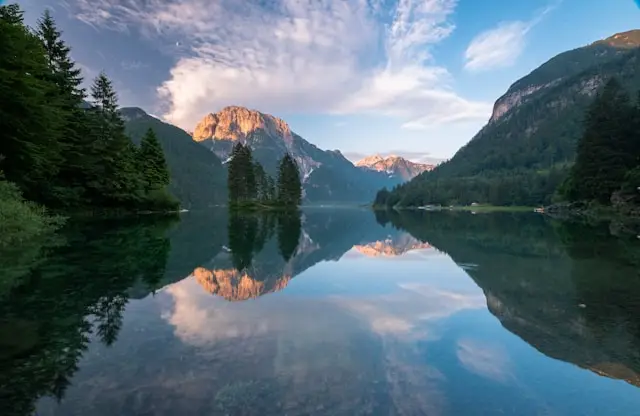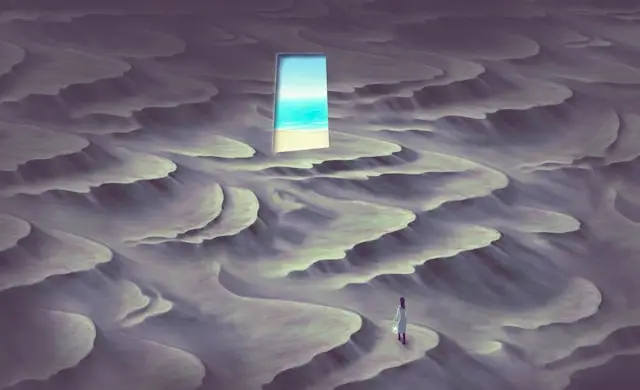The Sacred Pause: Rediscovering Inner Stillness in a Speed-Obsessed World
We live in a culture that celebrates speed. Faster internet, quicker results, instant gratification—these are the promises we’ve grown to expect. But in chasing speed, many of us have lost something essential: the art of pausing. The sacred pause is not about laziness or wasting time. It’s about stepping back, finding inner stillness, and reconnecting with the deeper rhythm of life that exists beneath the noise. In a speed-obsessed world, this act of slowing down can feel revolutionary.
Why the Pause Matters
The human nervous system was not built for constant acceleration. When every moment is filled with tasks, notifications, and deadlines, we live in a state of chronic stress. Pausing interrupts this cycle. It creates space for the breath to deepen, the mind to settle, and the heart to soften. In that space, we discover clarity, presence, and resilience. The sacred pause is where mindfulness begins. It reminds us that we don’t have to rush through life—we can live it fully, moment by moment.
The Wisdom of Ancient Traditions
Across cultures and spiritual traditions, pausing has always held a sacred place. The Christian mystics retreated into silence to hear the “still small voice” of the divine. Zen monks sat in zazen, doing nothing but breathing and being. Indigenous cultures honoured stillness as a way of listening to the land and its wisdom. These practices were not about productivity—they were about presence, connection, and reverence for life. The sacred pause is not new; it is ancient wisdom waiting to be remembered.
The Cost of a Speed-Obsessed World
The modern pace comes with hidden costs. Stress-related illness is on the rise. Anxiety and burnout have become common companions. Many of us feel disconnected—from ourselves, from others, and from the natural world. Technology was supposed to make life easier, yet it often leaves us feeling busier than ever. When speed becomes the measure of success, depth is lost. We skim instead of reading, we scroll instead of reflecting, and we rush instead of relating. Without the pause, we risk losing our humanity to constant acceleration.
How to Practise the Sacred Pause
The sacred pause is beautifully simple. It doesn’t require expensive retreats or complicated rituals. It can be as small as taking three conscious breaths before replying to an email, or as profound as dedicating a day to silence. Here are some practical ways to rediscover inner stillness:
Pause with the breath – Before speaking, deciding, or reacting, take one deep breath. This simple act grounds you in the present.
Create micro-pauses in your day – Step outside between tasks, feel the air on your skin, and notice the world around you.
Digital pauses – Put the phone down. Close the laptop. Let there be moments where no device demands your attention.
Nature pauses – Spend time with trees, rivers, or the night sky. Nature has a way of slowing us into its rhythm.
Evening pause – Before sleep, sit quietly for five minutes. Reflect on your day without judgment. Let stillness hold you.
The more often you weave pauses into your life, the more natural they become. Over time, they transform from moments of rest into doorways of insight.
The Sacred Pause and Mindfulness
Mindfulness is often defined as paying attention, on purpose, in the present moment. The sacred pause is the entry point. Without pausing, we move unconsciously from one thing to the next, carried by habit and reactivity. With pausing, we interrupt the automatic flow and bring awareness to the moment. In that awareness, choice returns. Instead of reacting out of stress or fear, we can respond with clarity and compassion. The sacred pause is mindfulness in action.
The Gift of Stillness
Stillness is not empty—it is full. In stillness we notice the subtleties of life: the sound of birdsong, the warmth of a cup of tea, the rise and fall of the breath. Stillness reconnects us with the essence of being alive. It is a space where creativity awakens, where intuition speaks, and where peace is possible. The sacred pause is not about withdrawing from life but about engaging with it more deeply.
Challenges of Slowing Down
Of course, pausing is not always easy. In a world that values speed, slowing down can feel uncomfortable—even threatening. The mind resists with thoughts like, “I don’t have time for this” or “I should be doing something.” But these are just the voices of conditioning. When we honour the pause, we discover that time opens up rather than contracts. What once felt urgent may not be urgent at all. Pausing helps us reclaim sovereignty over our time and attention.
Bringing the Pause into Daily Life
Here’s the key: the sacred pause is not a one-time event. It’s a way of living. You can integrate it into your day in small, consistent ways. Try beginning your morning with three deep breaths before reaching for your phone. Pause before meals to give thanks. Pause when walking to truly notice your steps. These small shifts ripple outward, changing not just your inner state but also your relationships and work.
A Revolutionary Act
In a speed-obsessed world, pausing is radical. It is a quiet rebellion against a culture of urgency. By pausing, you step out of the current of busyness and into the river of presence. You become more than a consumer of moments—you become a participant in life’s unfolding mystery. The sacred pause is an act of self-care, of resistance, and of devotion to what really matters.
Conclusion: Returning to What Is Sacred
The sacred pause invites us to remember that life is not a race to be finished but a gift to be savoured. It calls us back to stillness, where presence and peace are always waiting. In rediscovering the power of the pause, we don’t lose time—we gain life. So next time you feel pulled into the rush, try this: stop, breathe, and pause. In that moment of stillness, you may find the sacred.
Additional Resources
Why not treat yourself to a mindfulness retreat in the beautiful Devon countryside?
This post may also interest you: Walking Your Way to Peace
Best Wishes,
David.
© D. R. Durham, All rights reserved, 2025.




